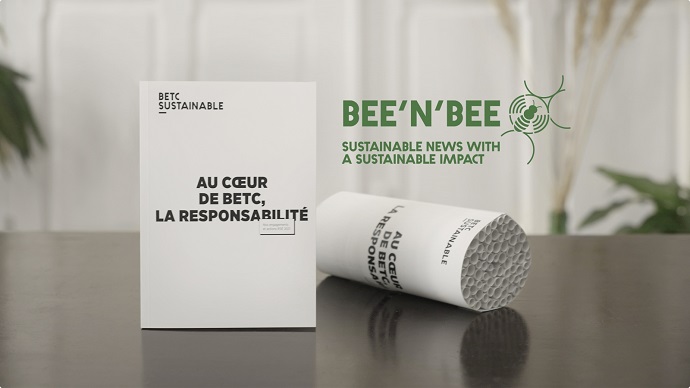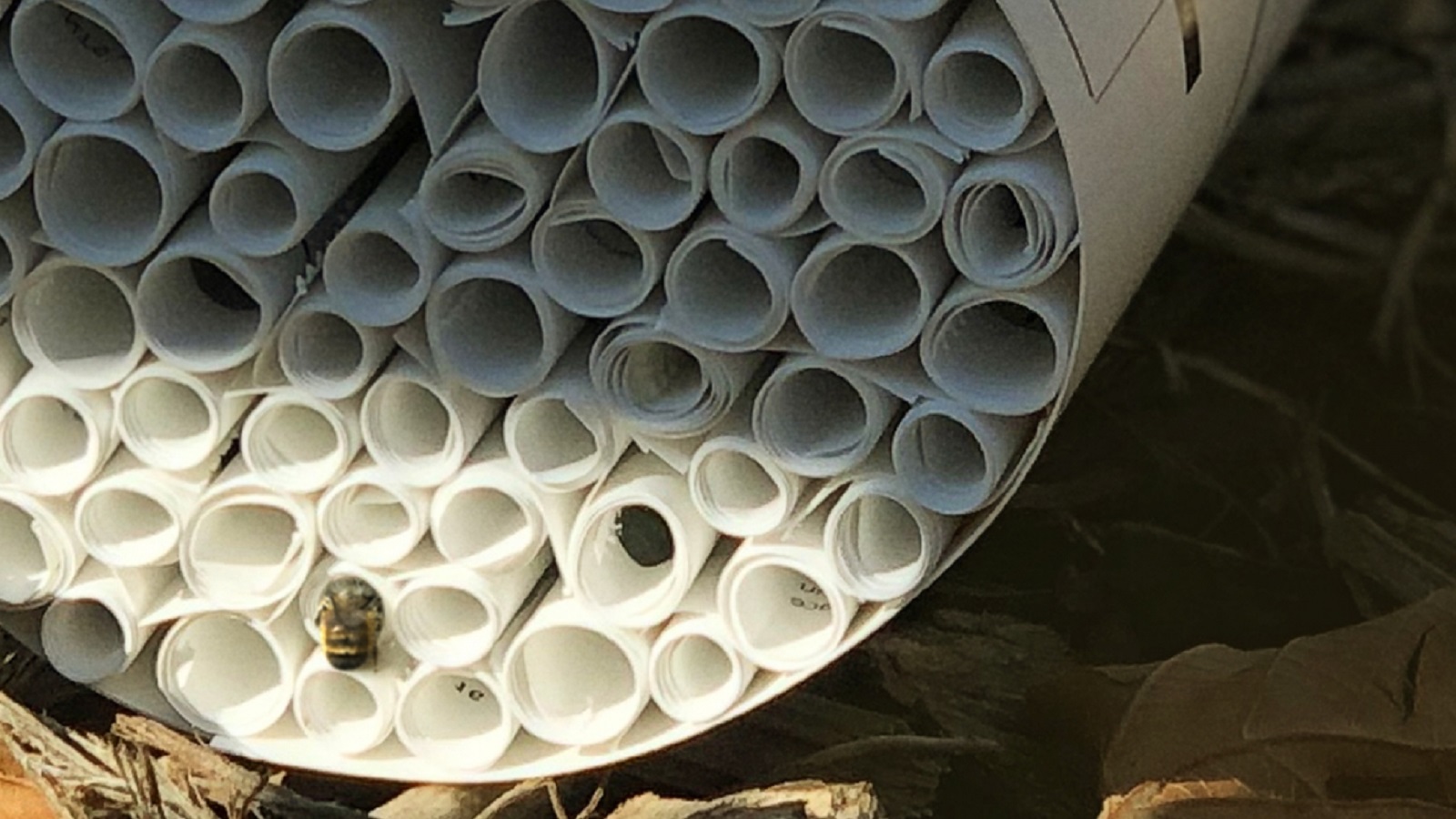The work of bees goes beyond just providing us honey. Even though they don’t produce the sweet nectar we enjoy so much, wild bees are as important as their domestic counterparts, playing a crucial role in pollinating most plants and food crops. But despite being an important species for the environment, wild bees are in danger of going extinct.
In an effort to raise awareness about the protection of these essential insects, BETC Paris has given a new, eco-friendly meaning to its CSR report. The Paris-based agency invests in its sustainable development, whether through sharing responsible messages, eco-designing its campaigns, or promoting sustainability differently. Built in harmony with these principles, BETC’s new project, “Bee’n’Bee,” aims to draw people’s attention and spark conversations around this issue, which, hopefully, will lead to finding practical solutions to save the bees.
As such, the agency “updated” this year’s report, enabling it to change into a cozy hotel wild bees can use as shelter. The artificial bee house borrows the shape of the natural cavities in which these insects nest, which can be recreated out of the document’s pages. Printed on water-resistant mineral paper containing stone powder and using vegetable-based ink, the shelter is “programmed” to withstand every type of weather condition.

There are some other artificial places that are probably as comfortable as the Bee’n’Bee “studios.” One of the causes that contribute to the decline of their population is that there are not enough places for the bees to rest. Luckily, some McDonald’s franchises in Sweden have come to their rescue, transforming their regular billboards into nice places which bees can use to relax.
Bees are not the only guests to enjoy a nice stay. Last year, in a partnership with Birdlife International, Redbreast Irish Whiskey launched a limited-edition bottle with a pretty awesome packaging that takes the shape of a cage, allowing birds to have a fancy dinner.
Most beekeepers will probably disagree with BETC’s bee hotel, as these artificial nests require certain criteria to be met to attract pollinators — such as place of installation, materials used in building the hotels, or diameter and length of the tubes, amongst others. Still, we can’t argue but say that these man-made bee shelters hold the power of being great educational tools for kids, who can learn so much more about these tiny insects that do so much good for the world.
Credits:
